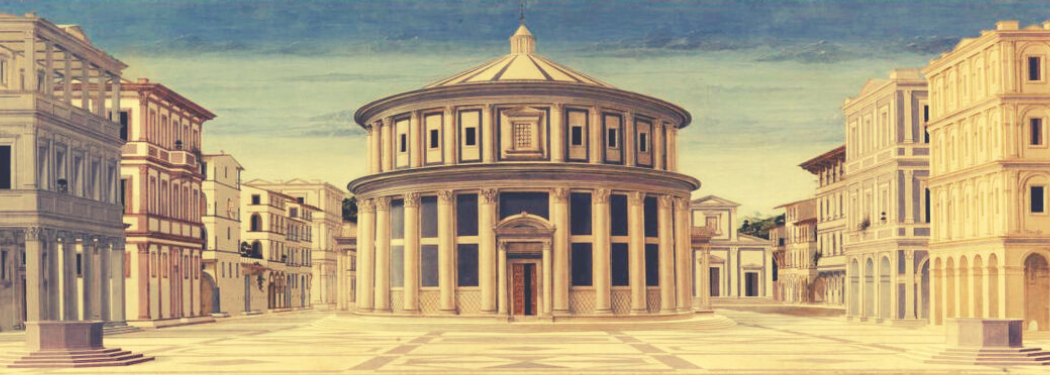Celebrating the Great Cities of the Ages
This is part of Pioneer’s ongoing series of blogs on curricular resources for parents, teachers, and students during COVID-19.
“From Mesopotamia to Megalopolis,” is how the late British historian John Julius Norwich began his sweeping history of great cities in human history. When, how, and why humans have left behind their often more rural, agricultural, and provincial worlds to found cities (often towering ones), which feature walls, laws, armies, navies, trade, libraries, and greater structures of civilization is a topic that philosophers, historians, and statesmen have wondered about and tried to better understand for thousands of years.
Some thinkers like Plato have conceived ideal city-states, while lawgivers in every age struggle to establish ordered liberty that harnesses and governs the multiplicity of real-world factions, interests, and turmoil that often characterize urban life. Interestingly, this impulse to establish cities and larger polities is universally human – being found all over the globe and in nearly every era. The ancient world had, in 3,000 BC, Uruk, comprised of 30,000 to 50,000 people on the Mesopotamian Delta; Memphis, the capital of ancient Egypt; Jerusalem, the center of the world’s three major religions; as well as the great cradles of democracy, law, militarism, republicanism, and empire in the Western world – Athens, Sparta, and later Rome.
These city-states, and Renaissance ones like Florence, Milan, Venice, and Naples, gave us the ideas, arts, buildings, faiths, constitutions, and commercial arrangements on which our modern world was founded. We ignore their histories, stories, enduring lessons, contributions, and wisdom at our own peril. Some of these ancient capitals still exist even today and we visit them to see their grandeur and their ruins.
Modern cities, with their millions of people – places like London, Paris, Moscow, Beijing, Tokyo, Mexico City, New York, Washington, D.C., and Los Angeles, shape our world with their politics, finance, culture, and technologies. These places seem gargantuan, impersonal, ungovernable, and inhuman in scale compared to antiquity. Nevertheless, they wrestle with the same fundamental human questions – laws and lawlessness, education and citizenship, fights between the haves and have nots, fiscal strengths and weaknesses, and hopes and fears about rising and falling – that have always furrowed the brows of kings, leaders, and their advisors. These are the kinds of problems that have ennobled some societies and torn others to pieces.
“New York City is the most fatally fascinating thing in America. She sits like a great witch at the gate of the country, showing her alluring white face and hiding her crooked hands and feet under the folds of her wide garments…,” wrote James Weldon Johnson in his 1912 classic, The Autobiography of an Ex-Colored Man. Across the entire arc of human history, cities have enticed, bewitched, and enchanted people to strive, experiment, communicate, create, trade, rebel, worship, perform, play, and establish new modes of literature, science, arts, businesses, and laws. Great cities have continuously shaped and reshaped our planet for thousands of years.
Sometimes, maybe even oftentimes, cities have trampled their pilgrims, subjects, citizens, immigrants, and inhabitants under their feet. But it’s fundamentally human to reach to achieve and excel, and the great cities of the world are where, through the ages, that struggle to reinvent human civilizations has generally occurred. We must ensure that, during the current tumult and tensions of our times, citizens, parents, teachers, and especially students, never forget that respecting the rule of law is central to the life and death of great cities. We’re providing a variety of resources to educate people about cities and their central role in driving and understanding our past and shaping our future.
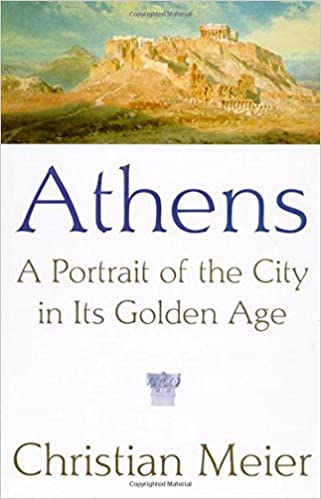
Athens: A Portrait of the City in Its Golden Age, by Christian Meier (Author), Robert Kimber (Translator)
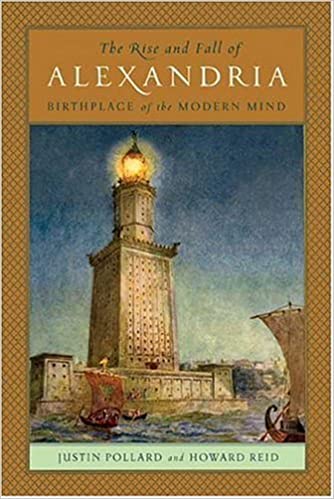
The Rise and Fall of Alexandria: Birthplace of the Modern Mind, by Justin Pollard (Author) and Howard Reid (Author)
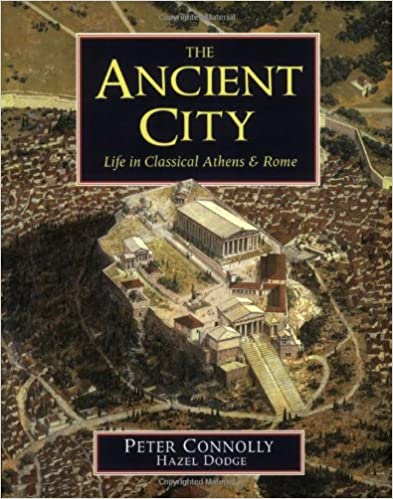
The Ancient City: Life in Classical Athens and Rome, by Peter Connolly (Author) and Hazel Dodge (Author)

Baghdad: City of Peace, City of Blood–A History in Thirteen Centuries, by Justin Marozzi

The Great Cities in History, by John Julius Norwich
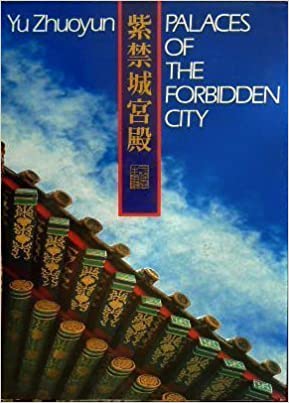
Palaces of the Forbidden City, by Yu Zhuoyun
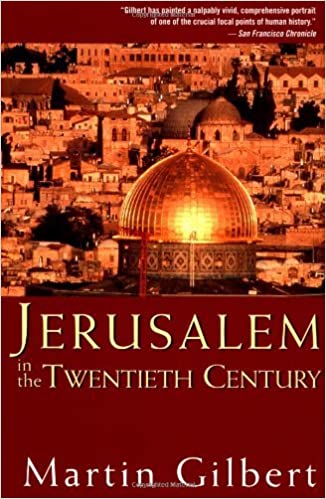
Jerusalem in the Twentieth Century, by Martin Gilbert

Rome: The Biography of a City, by Christopher Hibbert

A History of Tokyo 1867-1989: From EDO to SHOWA: The Emergence of the World’s Greatest City, by Edward Seidensticker (Author) and Donald Richie (Preface)

Florence: The Biography of a City, by Christopher Hibbert
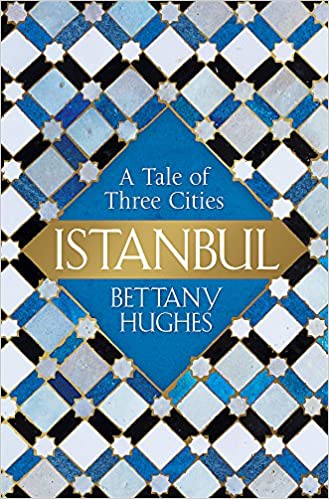
Istanbul: A Tale of Three Cities, by Bettany Hughes
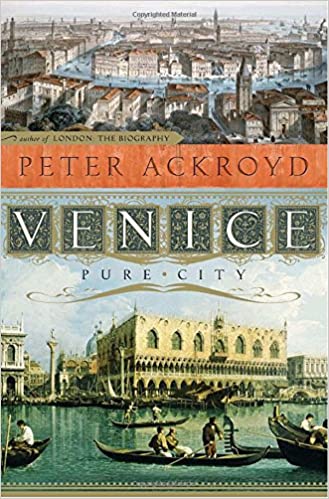
Venice: Pure City, by Peter Ackroyd
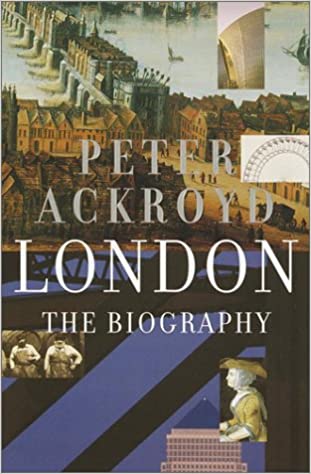
London: The Biography, by Peter Ackroyd

Faust’s Metropolis: A History of Berlin, by Alexandra Richie
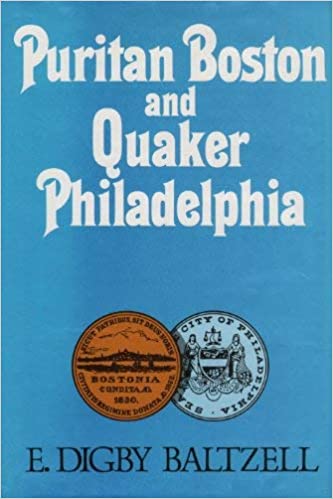
Puritan Boston and Quaker Philadelphia: Two Protestant Ethics and the Spirit of Class Authority and Leadership, by Edward Digby Baltzell

Gotham: A History of New York City to 1898 and Greater Gotham: A History of New York City from 1898 to 1919 (The History of NYC Series), by Edwin G. Burrows (Author) and Mike Wallace (Author)
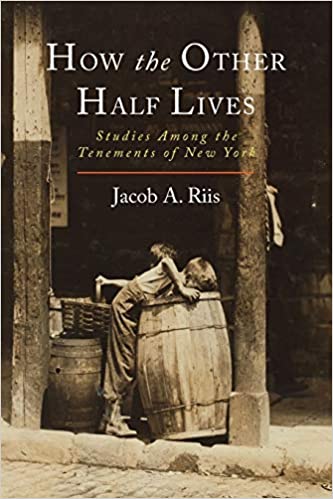
How the Other Half Lives: Studies Among the Tenements of New York, by Jacob A. Riis

PBS American Experience: Chicago – City of the Century, DVD Box Set
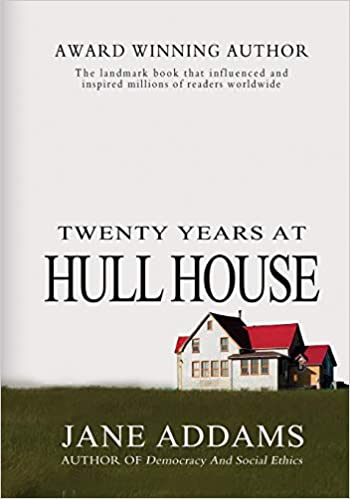
Twenty Years At Hull House, by Jane Addams
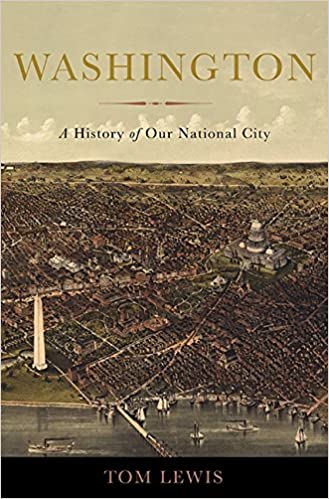
Washington: A History of Our National City, by Tom Lewis
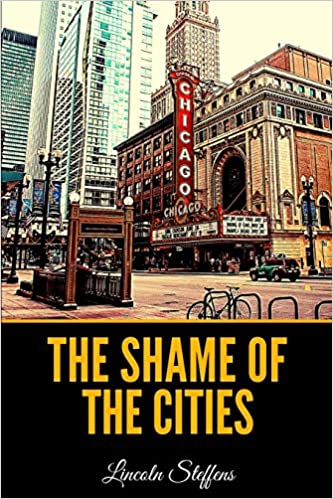
The Shame of the Cities, by Lincoln Steffens

Bibles, Brahmins, and Bosses: A Short History of Boston, by Thomas H. O’Connor

Paris. Portrait of a City, by Jean Claude Gautrand
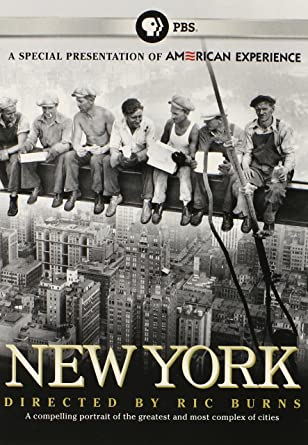
PBS American Experience: New York. A Documentary Film, by Ric Burns (DVD Box Set)

The Death and Life of Great American Cities, by Jane Jacobs
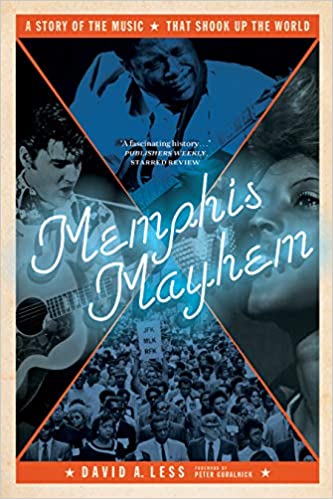
Memphis Mayhem: A Story of the Music That Shook Up the World, by David A. Less
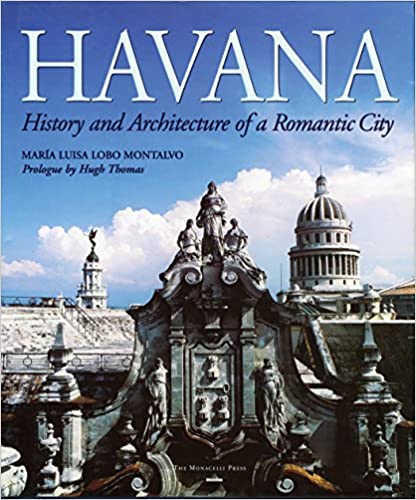
Havana: History and Architecture of a Romantic City, by Maria Luisa Lobo Montalvo (Author), Lorna S. Fox (Translator), Hugh Thomas (Contributor)

Detroit: A Biography, by Scott Martelle
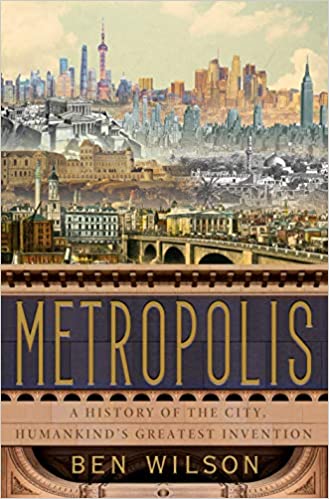
Metropolis: A History of the City, Humankind’s Greatest Invention, by Ben Wilson

Vienna: Art and Architecture, by Rolf Toman (Author), Achim Bednorz (Photographer)

City of a Million Dreams: A History of New Orleans at Year 300, by Jason Berry
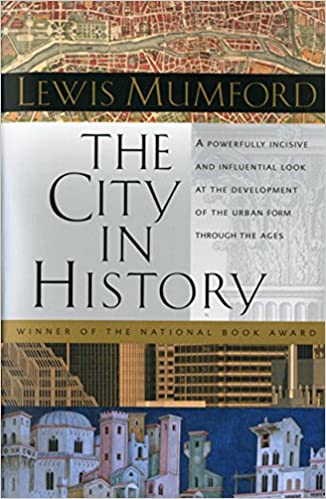
The City in History: Its Origins, Its Transformations, and Its Prospects, by Lewis Mumford

Barcelona, by Robert Hughes
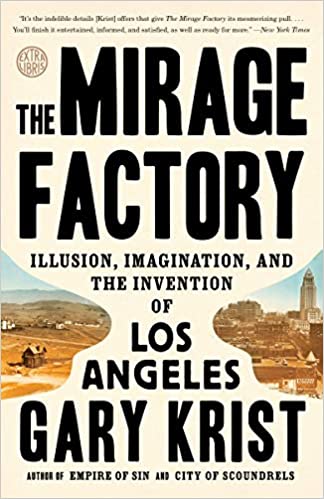
The Mirage Factory: Illusion, Imagination, and the Invention of Los Angeles, by Gary Krist
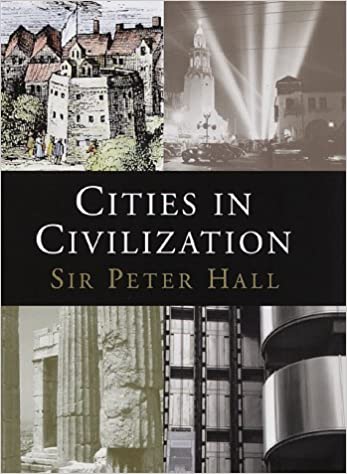
Cities in Civilization, by Sir Peter Hall


